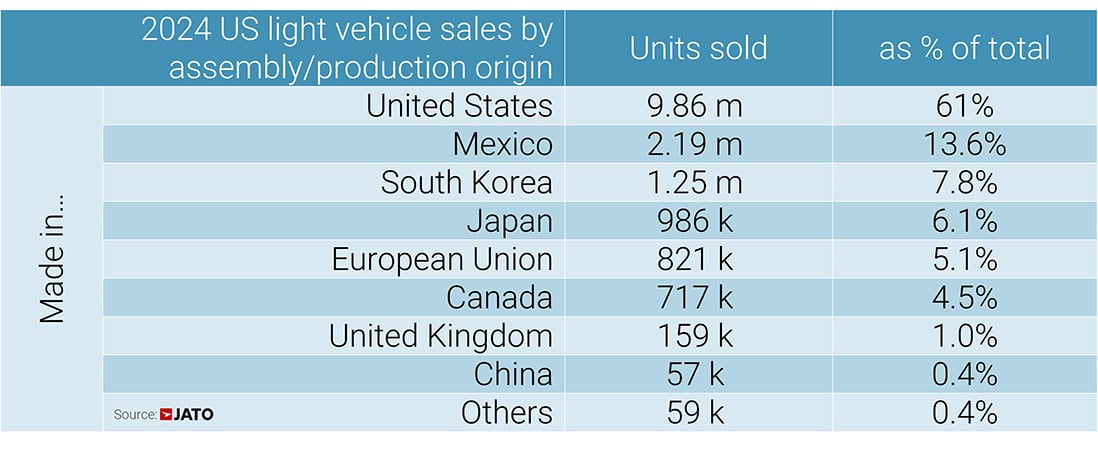CSS min() All The Things
Victor Ayomipo experiments with the CSS `min()` function, exploring its flexibility with different units to determine if it is the be-all, end-all for responsiveness. Discover the cautions he highlights against dogmatic approaches to web design based on his findings.

Did you see this post that Chris Coyier published back in August? He experimented with CSS container query units, going all in and using them for every single numeric value in a demo he put together. And the result was… not too bad, actually.
See the Pen Container Units for All Units [forked] by Chris Coyier.
What I found interesting about this is how it demonstrates the complexity of sizing things. We’re constrained to absolute and relative units in CSS, so we’re either stuck at a specific size (e.g., px) or computing the size based on sizing declared on another element (e.g., %, em, rem, vw, vh, and so on). Both come with compromises, so it’s not like there is a “correct” way to go about things — it’s about the element’s context — and leaning heavily in any one direction doesn’t remedy that.
I thought I’d try my own experiment but with the CSS min() function instead of container query units. Why? Well, first off, we can supply the function with any type of length unit we want, which makes the approach a little more flexible than working with one type of unit. But the real reason I wanted to do this is personal interest more than anything else.
The Demo
I won’t make you wait for the end to see how my min() experiment went:
Taking website responsiveness to a whole new level














































































